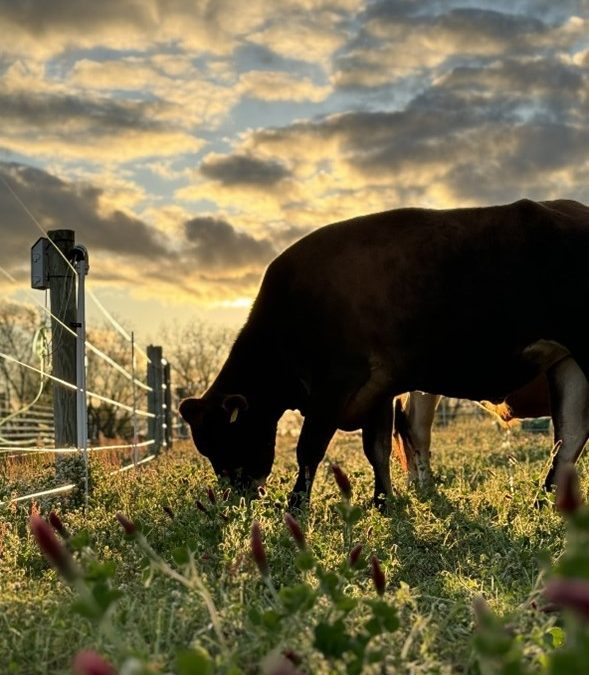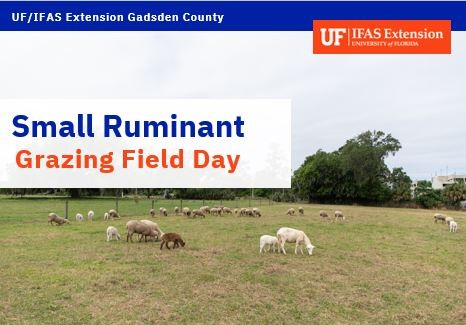
by Robbie Jones | Oct 3, 2025
The 2025 Small Ruminant Grazing Field Day will be held Wednesday, November 5, at the UF/IFAS North Florida Research and Education Center, in Quincy. Experts from UF/IFAS, FAMU, Auburn, and NC State will share their expertise on topics from year-round grazing...
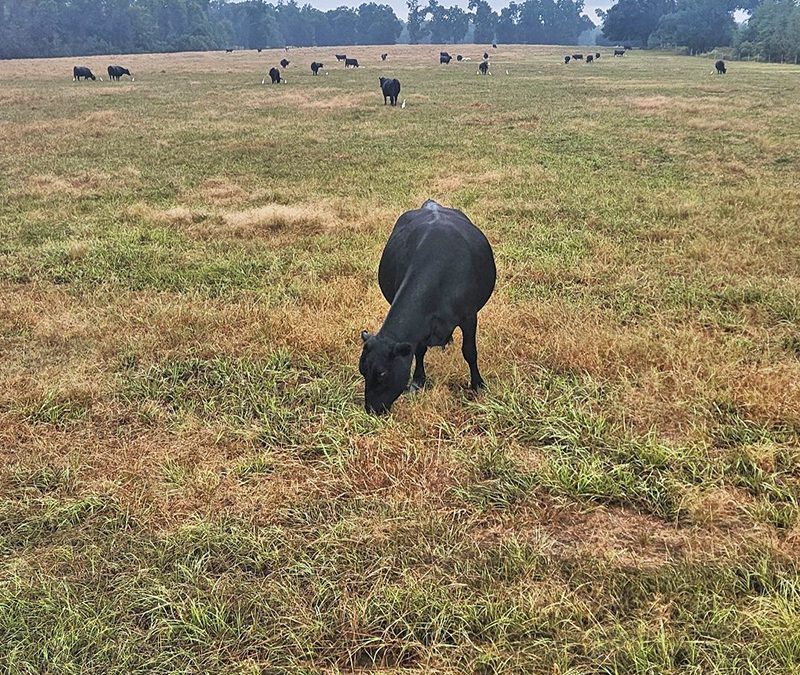
by ndilorenzo | Sep 26, 2025
Nicolas DiLorenzo, UF/IFAS Cattle Nutrition Specialist, North Florida Research and Education Center-Marianna How Bad is It? A combination of effects including very dry weather, and high temperatures have created what the climate experts call a “flash drought” in the...

by Marcelo Wallau | Sep 5, 2025
Marcelo Wallau, Maria Elena Mailhos,Ashley Kanobroski UF/IFAS Agronomy Department Forage Team, Cheryl Mackowiak, UF/IFAS NFREC Soils Scientist, and Diwakar Vyas, UF/IFAS Animal Sciences Ruminant Nutritionist Selecting the right forage varieties can significantly...
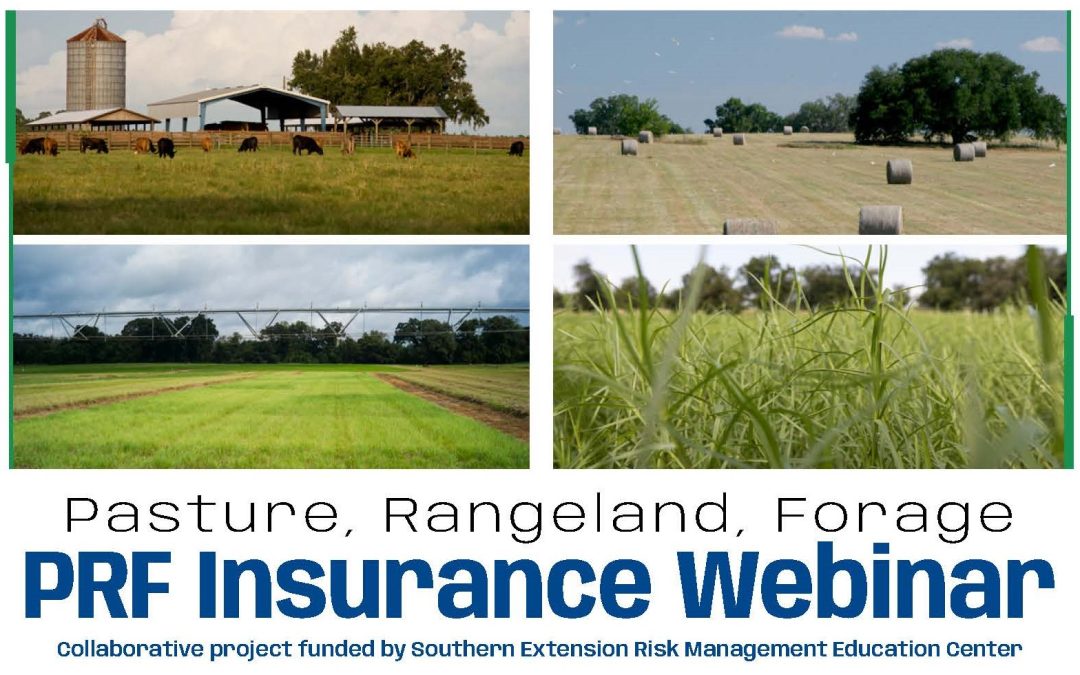
by Hannah Baker | Aug 29, 2025
Cattle and forage producers have no control of rainfall — or the lack thereof. While producers can’t physically plan for drought in the field, there is a way to plan financially for increased feed costs through the United States Department of Agriculture’s...
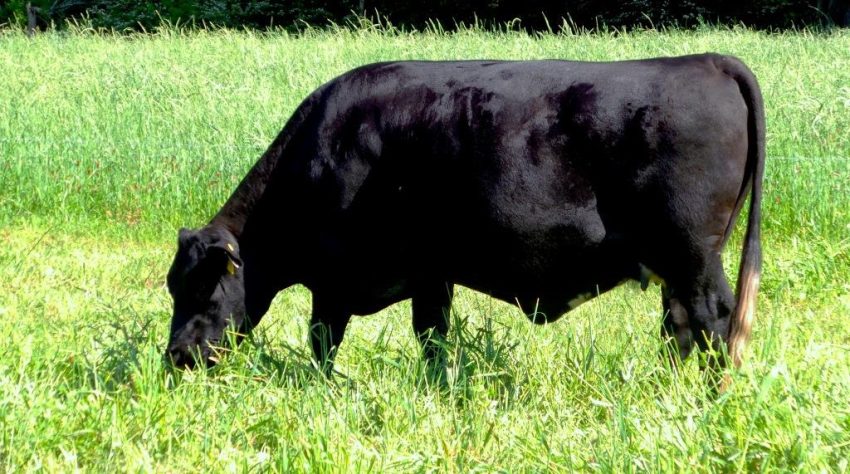
by Mark Mauldin | Aug 22, 2025
If you are raising livestock in North Florida, cool-season forages are an opportunity that you do not need to miss out on. Our winters here are mild enough that we are able to grow a wide variety of annual forage crops through the winter. Doing so allows for...






